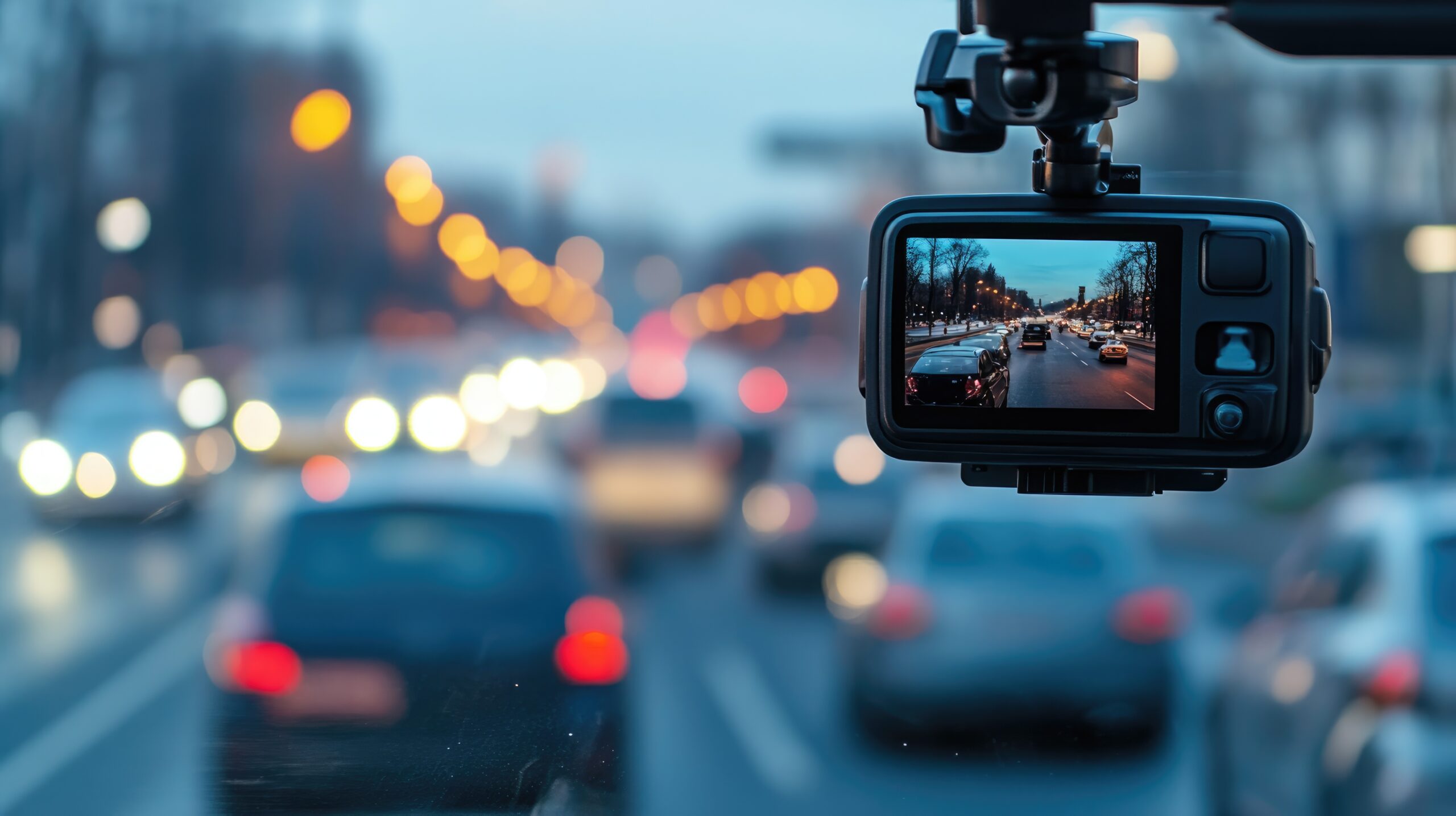Dash cameras have become essential tools for modern drivers, especially when navigating the complexities of insurance claims. These compact devices capture real-time footage of the road, offering an objective view that can dramatically streamline the claims process and minimize costly disputes.
In the event of an accident, dash cam footage serves as unbiased evidence, clearly documenting the sequence of events. Whether it’s a rear-end collision, an unsafe lane change, or a pedestrian-related incident, the video eliminates guesswork and conflicting witness accounts. This clarity allows insurance providers to determine liability faster and with greater accuracy, leading to quicker resolutions and fewer delays.
For drivers, dash cameras offer peace of mind. If you’re not at fault, the footage can protect you from false claims or staged accidents. If you are at fault, it can help expedite the process by providing straightforward evidence, potentially reducing the need for extended investigations. In recognition of their value, some insurance companies even offer policy discounts to drivers who use dash cams.
Beyond collisions, dash cams can also capture incidents like vandalism, hit-and-runs, or dangerous road conditions—offering additional documentation to support related claims. Features such as GPS tracking, timestamps, and high-resolution video further enhance the credibility of the footage in both insurance and legal contexts.
In short, dash cameras are a smart investment for anyone behind the wheel. They simplify claims, support fair outcomes, and serve as an extra layer of protection on today’s busy roads.

